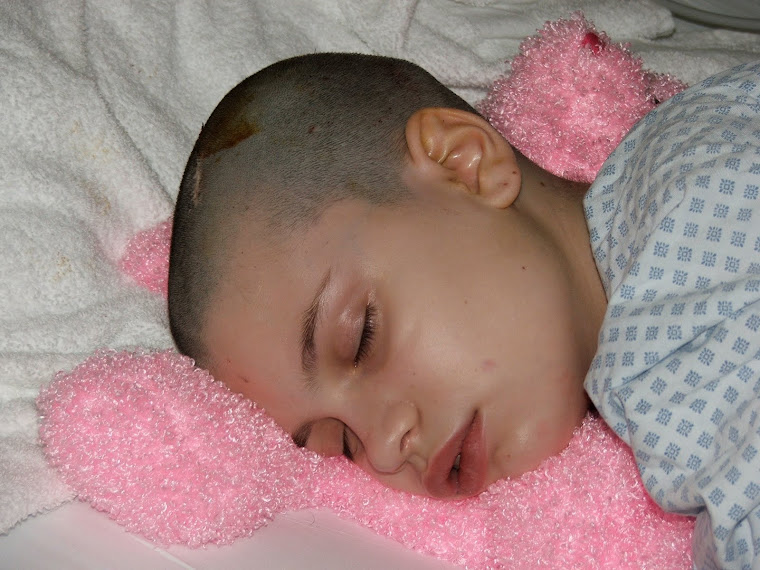Partial seizures occur in just one part of the brain. About 60 percent of people with epilepsy have partial seizures. These seizures are frequently described by the area of the brain in which they originate. For example, someone might be diagnosed with partial frontal lobe seizures.
In a simple partial seizure, the person will remain conscious but may experience unusual feelings or sensations that can take many forms. The person may experience sudden and unexplainable feelings of joy, anger, sadness, or nausea. He or she also may hear, smell, taste, see, or feel things that are not real.
In a complex partial seizure, the person has a change in or loss of consciousness. His or her consciousness may be altered, producing a dreamlike experience. People having a complex partial seizure may display strange, repetitious behaviors such as blinks, twitches, mouth movements, or even walking in a circle. These repetitious movements are calledautomatisms. They also may fling objects across the room or strike out at walls or furniture as though they are angry or afraid. These seizures usually last just a few seconds.
Some people with partial seizures, especially complex partial seizures, may experience auras – unusual sensations that warn of an impending seizure. These auras are actually simple partial seizures in which the person maintains consciousness. The symptoms an individual person has, and the progression of those symptoms, tends to be stereotyped, or similar every time.
The symptoms of partial seizures can easily be confused with other disorders. For instance, the dreamlike perceptions associated with a complex partial seizure may be misdiagnosed as migraine headaches, which also can cause a dreamlike state. The strange behavior and sensations caused by partial seizures also can be mistaken for symptoms of narcolepsy, fainting, or even mental illness. It may take many tests and careful monitoring by a knowledgeable physician to tell the difference between epilepsy and other disorders.
| Generalized Seizures |
Generalized seizures are a result of abnormal neuronal activity in many parts of the brain. These seizures may cause loss of consciousness, falls, or massive muscle spasms.
There are many kinds of generalized seizures. In absence seizures, the person may appear to be staring into space and/or have jerking or twitching muscles. These seizures are sometimes referred to as petit mal seizures, which is an older term. Tonic seizures cause stiffening of muscles of the body, generally those in the back, legs, and arms. Clonic seizurescause repeated jerking movements of muscles on both sides of the body.Myoclonic seizures cause jerks or twitches of the upper body, arms, or legs.Atonic seizures cause a loss of normal muscle tone. The affected person will fall down or may nod his or her head involuntarily. Tonic-clonic seizurescause a mixture of symptoms, including stiffening of the body and repeated jerks of the arms and/or legs as well as loss of consciousness. Tonic-clonic seizures are sometimes referred to by an older term: grand mal seizures.
Not all seizures can be easily defined as either partial or generalized. Some people have seizures that begin as partial seizures but then spread to the entire brain. Other people may have both types of seizures but with no clear pattern.
Society’s lack of understanding about the many different types of seizures is one of the biggest problems for people with epilepsy. People who witness a non-convulsive seizure often find it difficult to understand that behavior which looks deliberate is not under the person’s control. In some cases, this has led to the affected person being arrested, sued, or placed in a mental institution. To combat these problems, people everywhere need to understand the many different types of seizures and how they may appear.

No comments:
Post a Comment